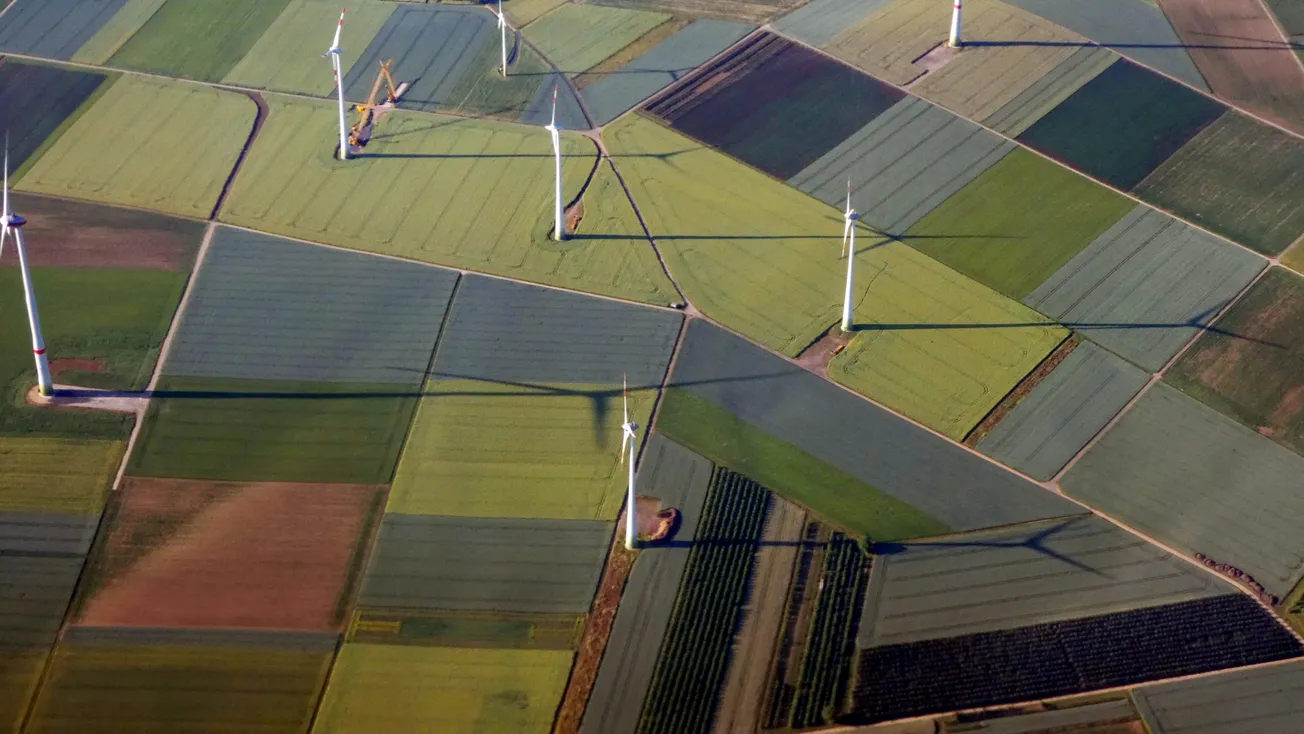I understand that we live in apocalyptic times for newspapers so let me plug in here a modern view: “Ours is a brand-new world of allatonceness. ‘Time’ has ceased, ‘space’ has vanished. We now live in a global village… a simultaneous happening. We are back in acoustic space. We have begun again to structure the primordial feeling, the tribal emotions from which a few centuries of literacy divorced us.”
This was written by Marshall McLuhan in 1968. It feels good to go back to the future.
Technology is making horizontal what once was vertical, hierarchical. The rain of information poures down or up or stays richly interconnected in a flat dam on the verge of breaking down. Audiences are gaining leverage throughout the news information industry. Audiences do not conform any more to being fed. Now they demand to be also proactive feeders.
The business model is changing and the new models need to satisfy economic demands still anchored in the past.
Dailies are becoming weeklies or online only products. Pay to play is proliferating with different results. And the news environment is becoming noisier, less reliable, a little uncontrollable, crowded; but, at the same time, exciting and full of possibilities.
There is nothing to fear but the old model itself. Welcome to the chaos of interactivity, interconnectivity, and excess —all of which has its origins in the early days of the newspaper industry. Back to the future again.
Washington Post Executive Editor, Martin Baron, delivered last April “The 2015 Hays Press-Enterprise” lecture at the University of California, Riverside with a speech titled “Journalism’s Big Move: What to discard, Keep, and Acquire in Moving From Print to Web.” Baron said that he has worked in the journalism industry for 39 years, “and never have I seen a moment of so much excitement and yet so much anxiety.”
“Excitement because journalism is being thoroughly reimagined. Anxiety because… journalism is being thoroughly reimagined —because our traditional economic model is disintegrating”.
Between 2004 and 2010 High-speed broadband developed, then we had Google, Facebook, Youtube, Twitter, Kindle, iPhone, Instagram, Whatsapp, and the iPad.
The speed and mobility brought by technology are not only eroding the economic foundation of the news industry, it is changing the news ecosystem. Yes, the medium is (also) the message. News and technology are now an indissoluble marriage.
In the new era, Baron is confident and enthusiastic, focused on possibilities. He sees journalists with an entrepreneurial spirit. In the new era, he says, everyone, regardless of position, must be a leader. With ideas and initiatives. “It used to be… that we hired people who could learn from us. Now we aim to hire people who can teach us what we need to know.” And —as McLuhan would say— embrace multiple models for exploration.
Avendaño is Executive Editor of El Tiempo Latino
@albertoavendan1










